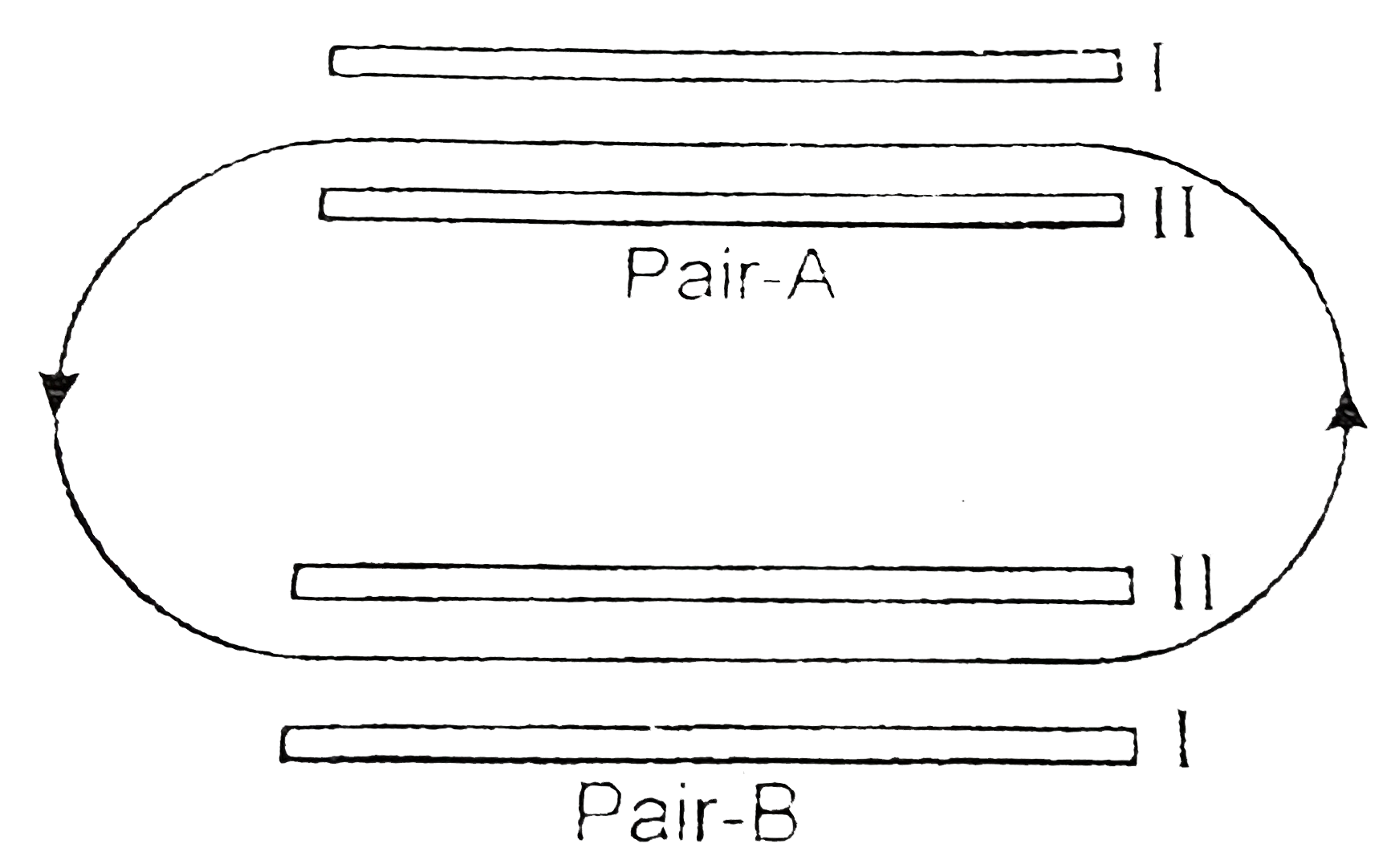Field capacity consist of :
capillary water
Gravitational water
Hygroscopic water
Both (a) and (c)
The correct Answer is:D
Step-by-Step Solution:
1. Understanding Field Capacity: Field capacity refers to the amount of soil moisture or water content that remains in the soil after excess water has drained away and the rate of downward movement has decreased. It is an important concept in soil science and agriculture.
2. Identifying Components of Field Capacity:
- Capillary Water: This is the water that remains in the soil after gravitational water has drained away. It is held in the soil pores against the force of gravity and is available for plants to use. Capillary water is a significant component of field capacity.
- Gravitational Water: This type of water drains out of the soil due to gravity and does not contribute to field capacity. It is the excess water that moves downward through the soil profile and is not retained.
- Hygroscopic Water: This is the water that forms a thin film around soil particles and is not available for plant use. It is tightly bound to the soil particles and does not contribute to field capacity.
3. Conclusion: Based on the definitions and roles of these types of water in the soil, the components that make up field capacity are:
- Capillary Water: Yes, it is a main constituent of field capacity.
- Gravitational Water: No, it drains out and does not contribute to field capacity.
- Hygroscopic Water: No, it is not available for plants and does not contribute to field capacity.
4. Final Answer: Therefore, field capacity consists of Capillary Water.
- Capillary Water: This is the water that remains in the soil after gravitational water has drained away. It is held in the soil pores against the force of gravity and is available for plants to use. Capillary water is a significant component of field capacity.
- Gravitational Water: This type of water drains out of the soil due to gravity and does not contribute to field capacity. It is the excess water that moves downward through the soil profile and is not retained.
- Hygroscopic Water: This is the water that forms a thin film around soil particles and is not available for plant use. It is tightly bound to the soil particles and does not contribute to field capacity.
- Capillary Water: Yes, it is a main constituent of field capacity.
- Gravitational Water: No, it drains out and does not contribute to field capacity.
- Hygroscopic Water: No, it is not available for plants and does not contribute to field capacity.
Topper's Solved these Questions
- BOOK - MODERN PUBLICATIONCHAPTER - ORGANISMS AND POPULATIONS EXERCISE - REVISION EXERCISES (II. VERY SHORT ANSWER QUESTIONS) (A. QUESTIONS FROM STATE BOARD EXAMINATIONS)37videos
ORGANISMS AND POPULATIONS
- BOOK - MODERN PUBLICATIONCHAPTER - ORGANISMS AND POPULATIONS EXERCISE - REVISION EXERCISES (II. VERY SHORT ANSWER QUESTIONS) (B. QUESTIONS FROM CBSE EXAMINATIONS)13videos
ORGANISMS AND POPULATIONS
- BOOK - MODERN PUBLICATIONCHAPTER - ORGANISMS AND POPULATIONS EXERCISE - QUICK MEMORY TEST (C. Choose the correct alternative)15videos
ORGANISMS AND POPULATIONS
- BOOK - MODERN PUBLICATIONCHAPTER - MOLECULAR BASIS OF INHERITANCE EXERCISE - CHAPTER PRACTICE TEST (Section - E)1videos
MOLECULAR BASIS OF INHERITANCE
- BOOK - MODERN PUBLICATIONCHAPTER - PRINCIPLES OF INHERITANCE AND VARIATIONEXERCISE - CHAPTER PRACTICE TEST section-e(Long answer type question)1videos
PRINCIPLES OF INHERITANCE AND VARIATION
Similar Questions
Knowledge Check
- Question 1 - Select One
Field capacity is
Ahigher for sandy soils than clay soilsBamount of water in soil available to plantsCsame as permanent wilting pointDamount of water left in soil after drainage - Question 2 - Select One
Heat capacity is
AdQdTBdQ×dTC∑Q.1dTDdQ−dT - Question 3 - Select One or More
Figure shows the path of an electron in a region of uniform magnetic field. The path consists of two straight sections, each between a pair of uniformly charged plates and two half circles. The electric field exists only between the plates
 APlate I of pair A is at higher potential than plate-II of the same pairBPlate I of pair B is at higher potential than plate II pf the same pairCDirection of the magnetic field is out of the page [⊙]DDirection of the magnetic field in to the page [⊗]
APlate I of pair A is at higher potential than plate-II of the same pairBPlate I of pair B is at higher potential than plate II pf the same pairCDirection of the magnetic field is out of the page [⊙]DDirection of the magnetic field in to the page [⊗]

